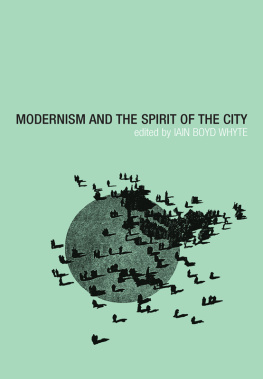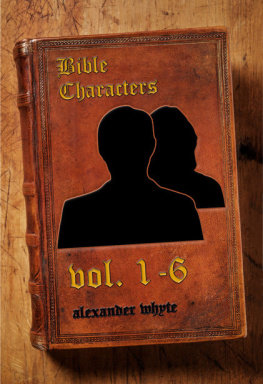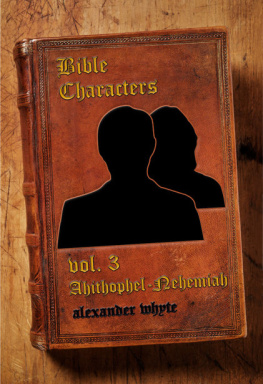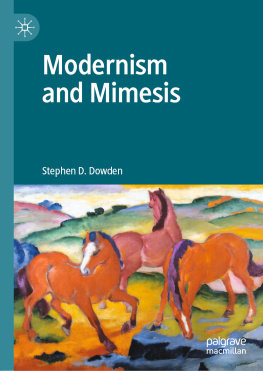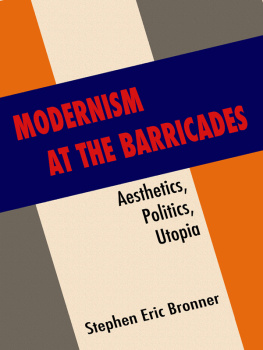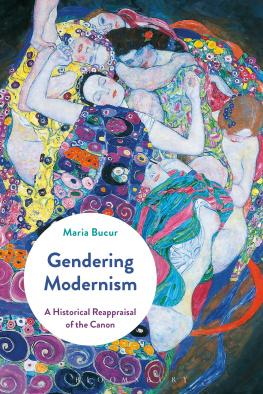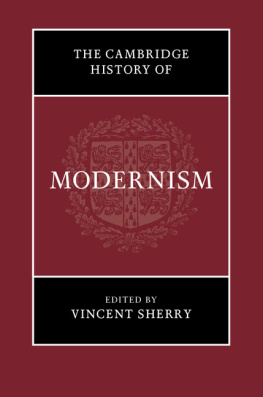Modernism and the
Spirit of the City
The modernist architecture that swept the world in the first half of the twentieth century was praised by its advocates and attacked by its critics for its rationalist and functionalist character, grounded on the dictates of the engineer and the technologist. Modernism and the Spirit of the City challenges this simple reading, and investigates the complex cultural, social, and religious imperatives that lay below the smooth, white surfaces of the new architecture.
Over a historical span that runs from the 1890s to the 1950s, ten distinguished scholars address those issues of aesthetics, poetics, spirituality, national identity, and commerce that were interwoven in the search for the ultimate goal of modernist architecture and urban design: paradise on earth. The first part of the book is devoted to strategies employed to define the spirit of the city; the second considers the architectural intervention in the city and its aesthetic resonance; the third, the role of architecture and urban design as a site of spiritual speculation and reassurance in a robustly agnostic age.
This selection of ground-breaking essays offers a significant and long overdue reassessment of the aims and intentions of European architecture and urbanism in the early twentieth century. On the basis of British, French, and German examples, it argues that myth, history and spirituality, on one hand, and instrumental reason, order, and functionalism, on the other, need not be understood as mutually hostile, but as essential complements to each other.
Modernism and the
Spirit of the City
Edited by Iain Boyd Whyte

First published 2003 by Routledge
2 Park Square, Milton Park, Abingdon, Oxon OX14 4RN
Simultaneously published in the USA and Canada
by Routledge
711 Third Avenue, New York, NY 10017
Routledge is an imprint of the Taylor & Francis Group
2003 selection and editorial matter: Iain Boyd Whyte;
individual chapters: the contributors
Typeset in ITC Charter by Wearset Ltd, Boldon, Tyne and Wear
All rights reserved. No part of this book may be reprinted or reproduced or utilised in any form or by any electronic, mechanical, or other means, now known or hereafter invented, including photocopying and recording, or in any information storage or retrieval system, without permission in writing from the publishers.
British Library Cataloguing in Publication Data
A catalogue record for this book is available from the British Library
Library of Congress Cataloging in Publication Data
Modernism and the spirit of the city / edited by Iain Boyd Whyte.
p. cm.
Includes bibliographical references and index.
1. City planningEuropeHistory20th centuryCongresses.
2. Modern movement (Architecture)EuropeCongresses.
3. City and town lifeEurope-History20th centuryCongresses.
I. Whyte, Iain Boyd, 1947
NA9010.M63 2002
711'.4'0940904dc21
2002155376
ISBN 0-415-25840-5 (hbk)
ISBN 0-415-25841-3 (pbk)
Contents
Iain Boyd Whyte
Geist
Volker M. Welter
David Frisby
Helge David
Place
Helen Shiner
Karen Lang
The lantern and the glass: on the themes of renewal and
dwelling in Le Corbusier's Purist art and architecture
Dagmar Motycka Weston
Faith
Cities more fair to become the dwelling place of Thy children:
transcendent modernity in British urban reconstruction
Rhodri Windsor Liscombe
Rob Stone
Rudolf Stegers
Notes on
contributors
Helge David has an MA from the University of Bonn and has published the writings of the architect August Endell as Vom Sehen: Texte 18961925: ber Architektur, Formkunst und Die Schnheit der grossen Stadt, Basel/ Boston: Birkhuser, 1995. His doctoral dissertation on Endell is nearing completion, and he currently works as a freelance art historian and author.
David Frisby is Professor of Sociology at the University of Glasgow. His recent publications include Cityscapes of Modernity, Cambridge, Polity Press, 2001; Fragments of Modernity, Cambridge, Polity Press, 1985; Georg Simmel (revised edition), London, Routledge, 2002; and Simmel and Since, London, Routledge, 1992. He is editor of Georg Simmel's Philosophy of Money: Expanded Edition, London, Routledge, 2003, and co-editor (with Mike Featherstone) of Simmel on Culture, London, Sage, 1997. Forthcoming publications include (with Iain Boyd Whyte) The Metropolitan Project: Berlin and Vienna 18801940, Berkeley, CA, University of California Press; and Metropolitan Architecture and Modernity: Otto Wagner's Vienna, Minneapolis, University of Minnesota Press.
Karen Lang is Assistant Professor of modern European art history at the University of Southern California. In addition to essays on the German monument and national identity, she has written on the Kantian sublime, the late eighteenth-century cult of ruins, and Alexander Pope's garden and grotto. She has been the recipient of postdoctoral fellowships from the Getty Grant Program and the Clark Art Institute, and is currently completing a book on the early years of German art history, to be published by Cornell University Press.
Helen Shiner is completing a doctorate at the Courtauld Institute of Art on the patronage of architectural sculpture in Germany, 18901933. She has published on the sculptors Ernst Barlach, Mossy Kogan and Winifred Turner. Most recently, her article on the Model Factory designed by Walter Gropius and Adolf Meyer for the 1914 Werkbund Exhibition in Cologne was published in Stephen Newton and Brandon Taylor (eds) Painting, Sculpture and the Spiritual Dimension: The Kingston and Winchester Papers, London, Oneiros Books, 2003.
Rudolf Stegers studied German and French philology at the Universities of Mnster and Berlin. He is a freelance architectural critic based in Berlin, author of a monograph on the architect Rudolf Schwarz, and curator of the exhibition Glck Stadt Raum in Europa 1945 bis 2000 (Happiness City Space in Europe 19452000), held at the Academy of Arts, Berlin, in 2002. He is presently writing a book on sacred architecture in Europe after 1970.
Rob Stone lectures on architecture and aural culture at Goldsmiths College, London, and is the author of many articles treating the relationships between the poetics of modernist architecture and the emergence of the various cultures of mass suburbanisation. His current project is a book entitled Auditions: Architecture and Aurality.
Volker M. Welter is Associate Professor at the Department of History of Art and Architecture at the University of California, Santa Barbara. His main research interests are the history, theory, and historiography of modern and contemporary architecture; nineteenth- and twentieth-century urbanism; the architectural history of Zionism; and architectural representations of public space. He is author of Biopolis: Patrick Geddes and the City of Life, Cambridge, MA, MIT Press, 2002; co-editor of The City after Patrick Geddes, Bern, Peter Lang, 2000; and is currently completing a book on Ernst L. Freud (18921970), the architect son of Sigmund Freud.
Dagmar Motycka Weston is an architect and historian, who teaches at the University of Edinburgh. She is interested in the ways in which the history and philosophy of architecture can fruitfully inform contemporary design. Her current research is focused on modernity, and on the interrelated themes of art and architecture in the early twentieth century. She has published on Surrealist Paris and on Giorgio de Chirico, and is completing a book on Le Corbusier and the problem of space.

